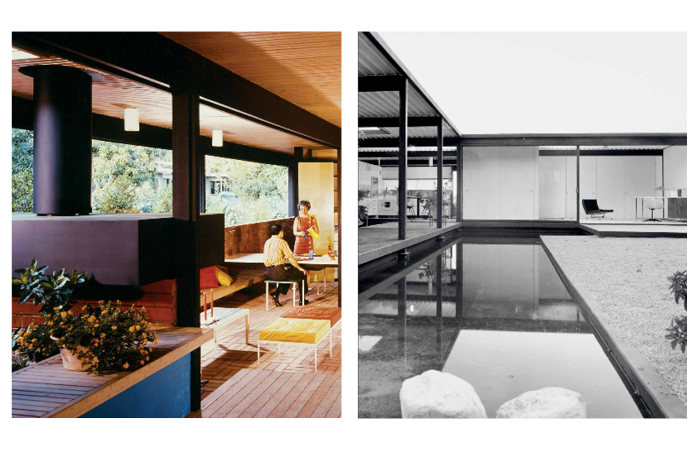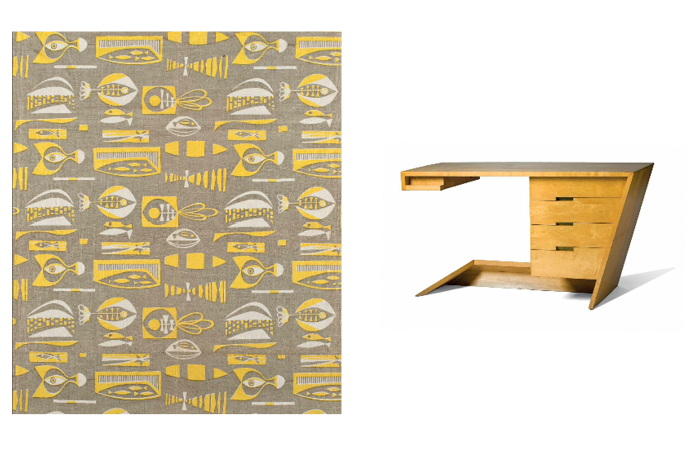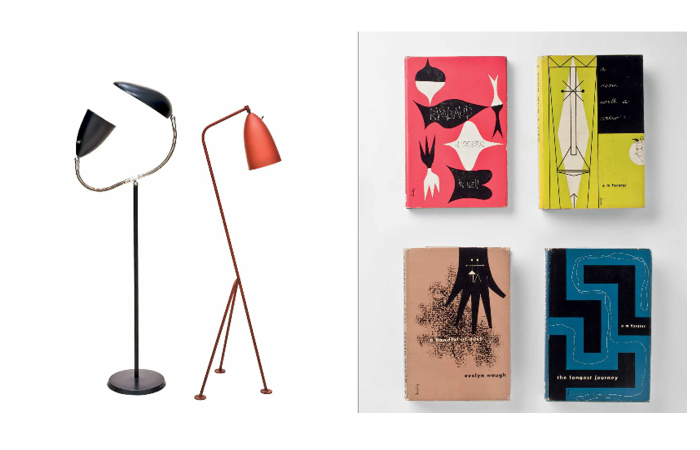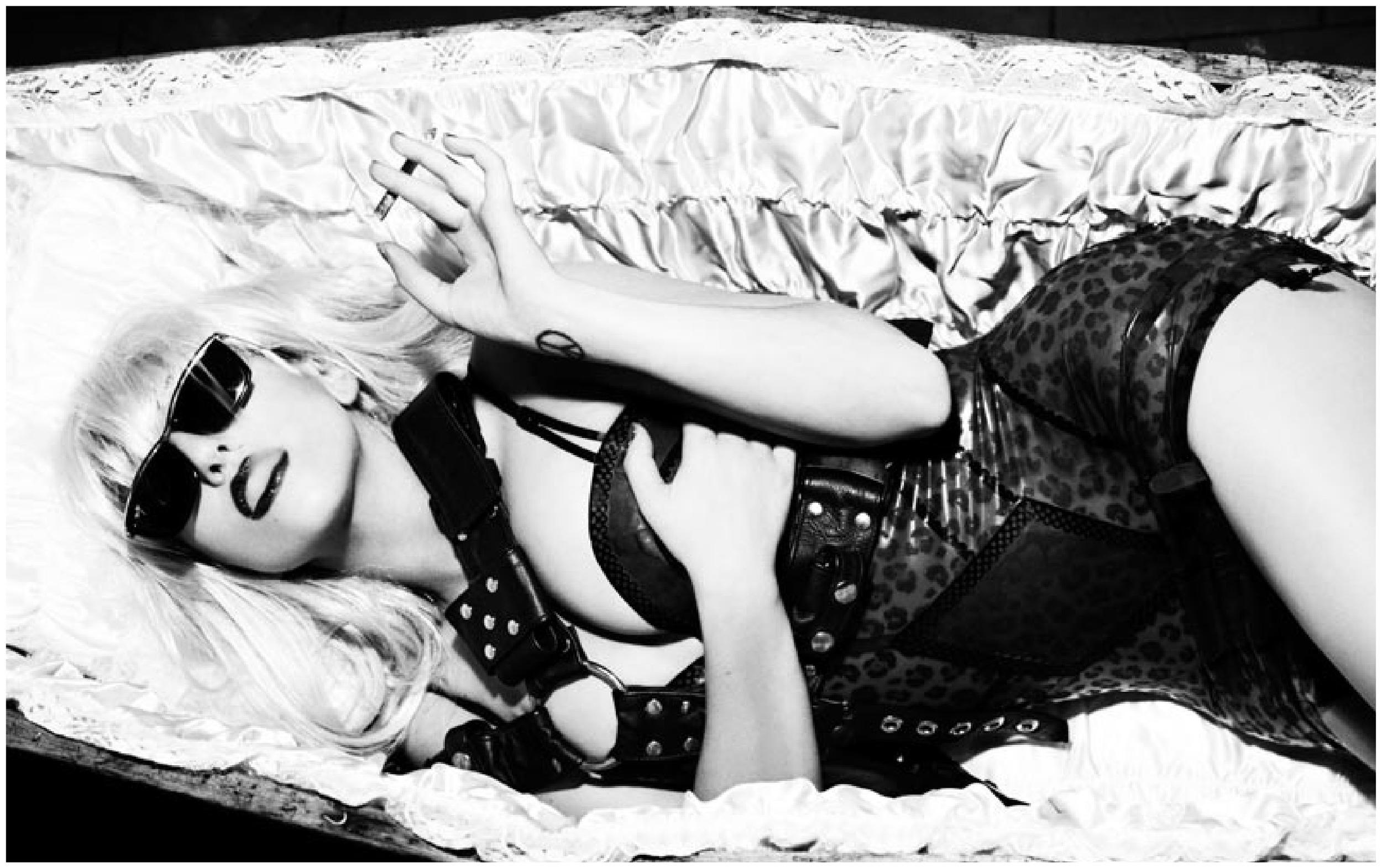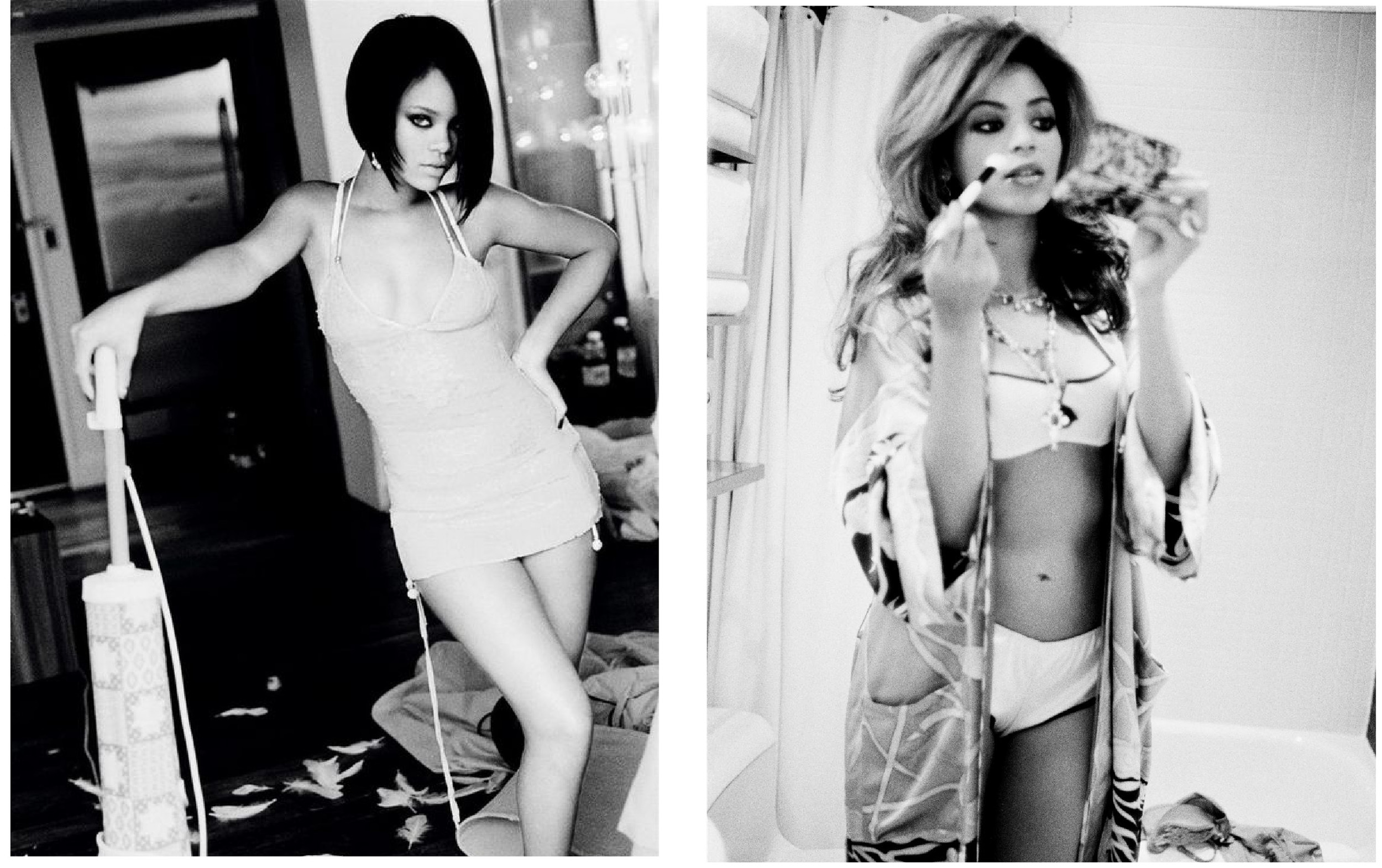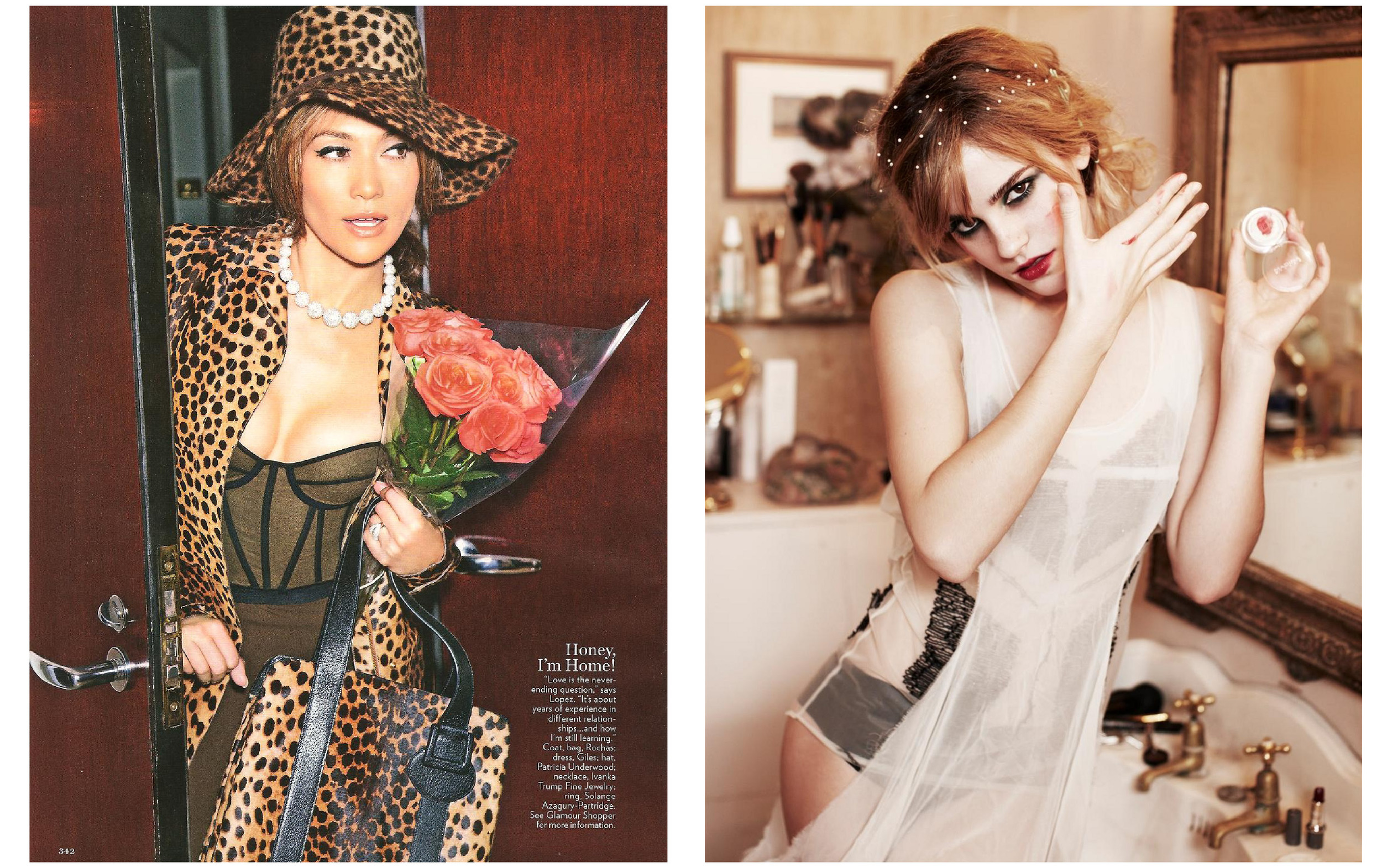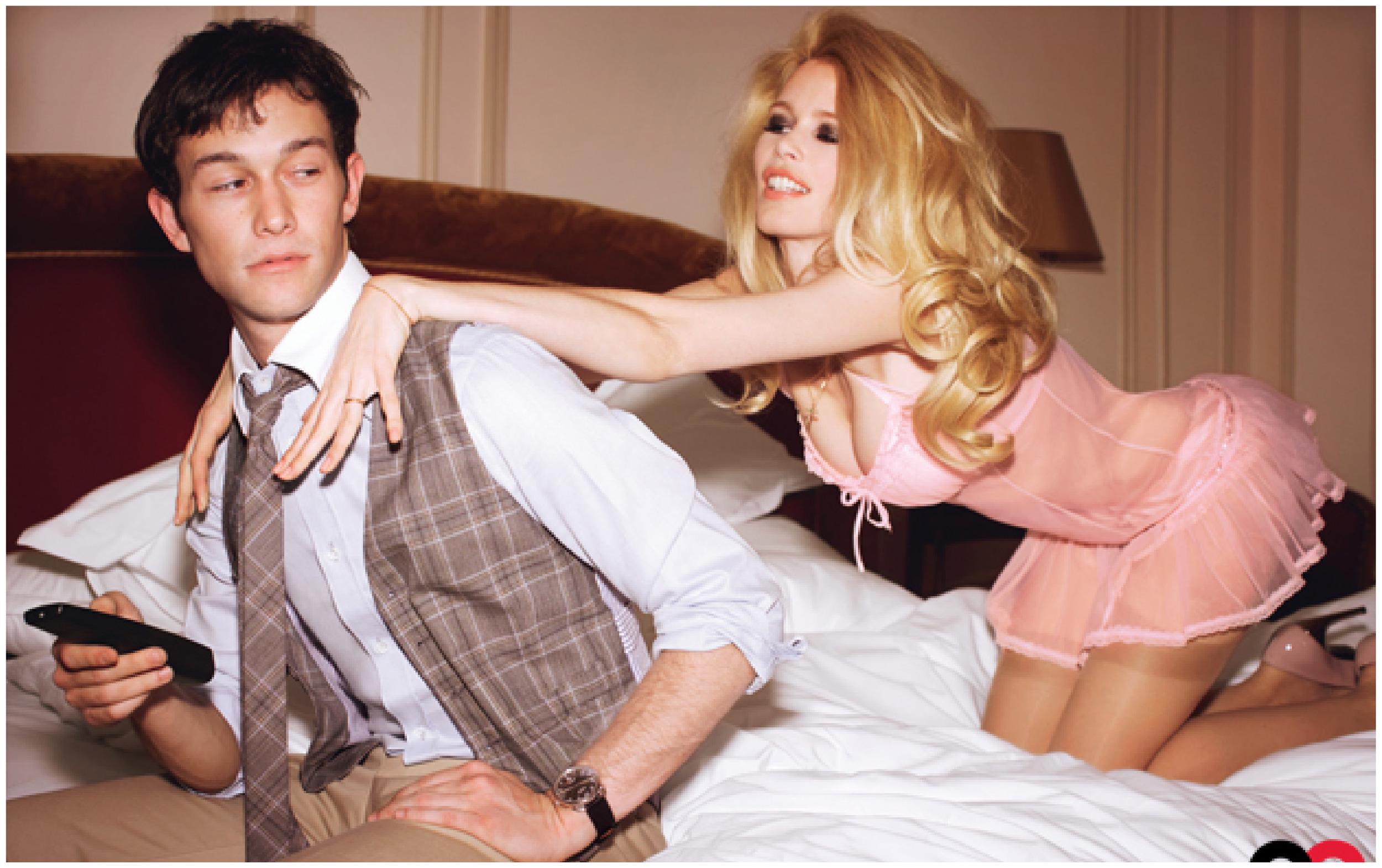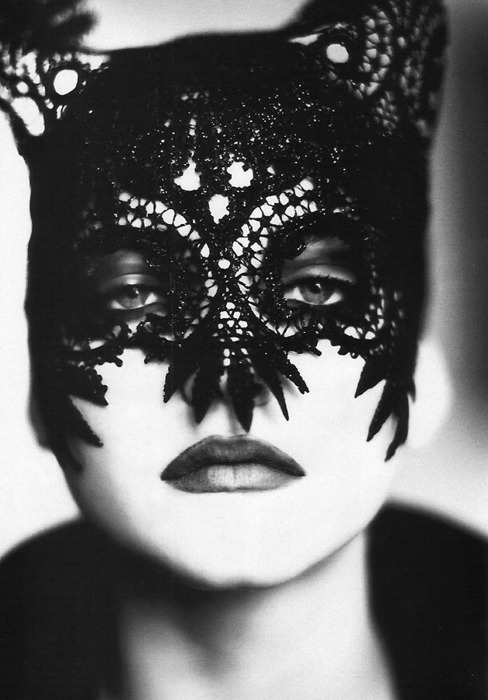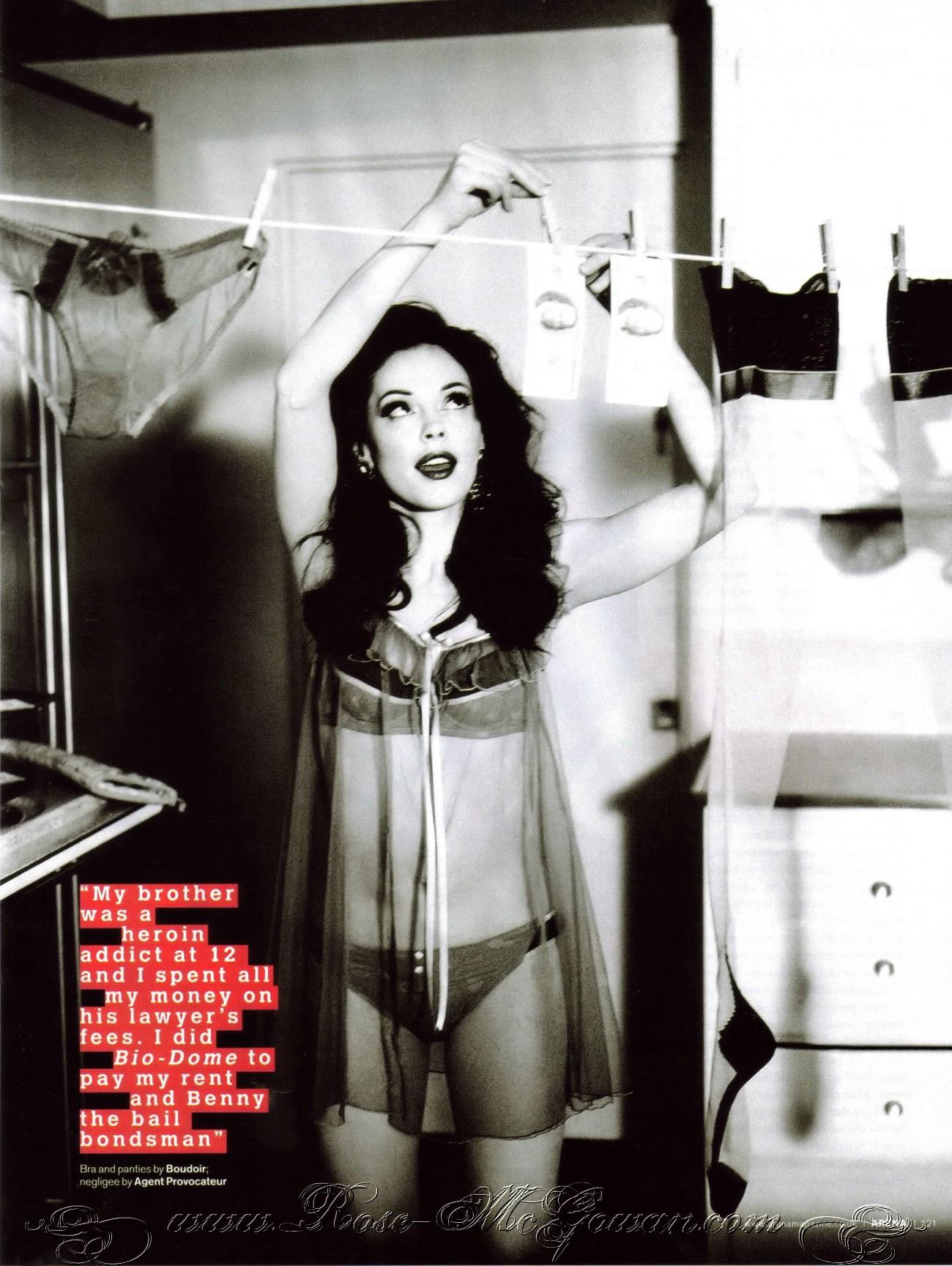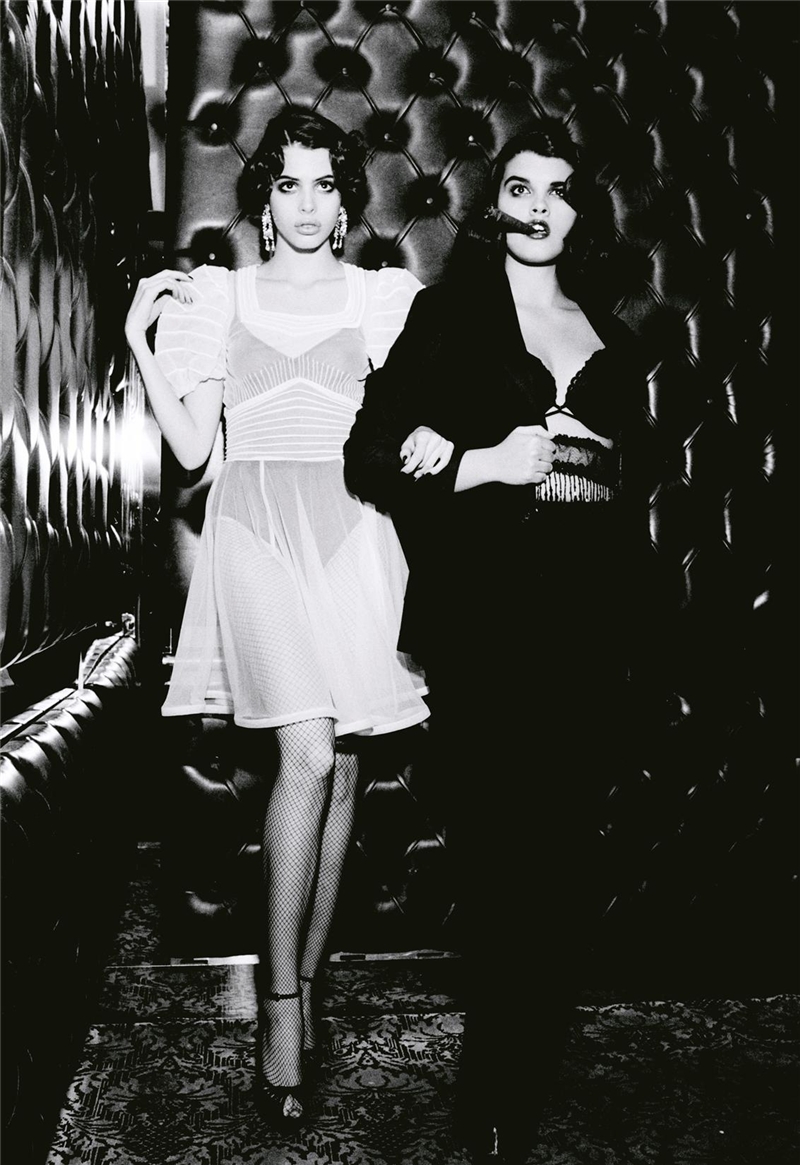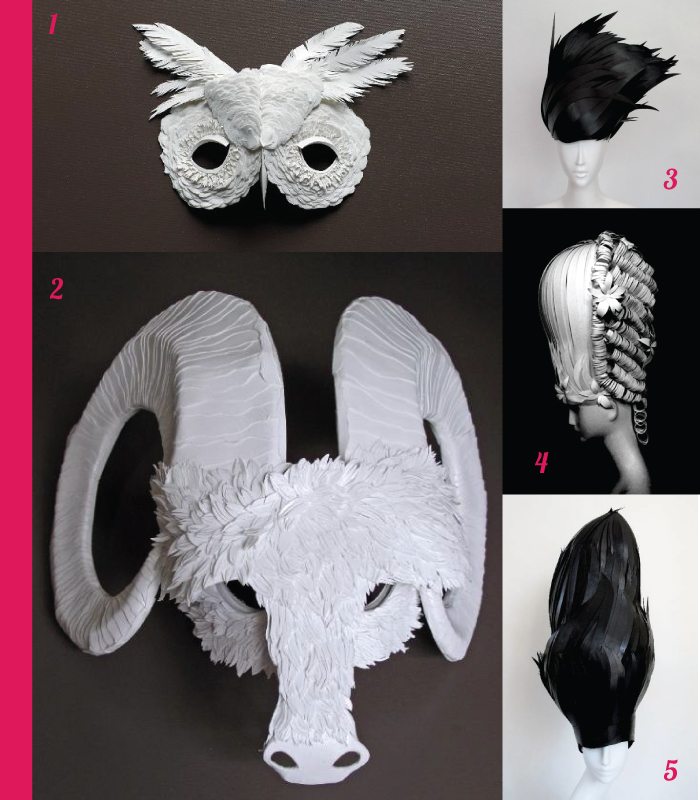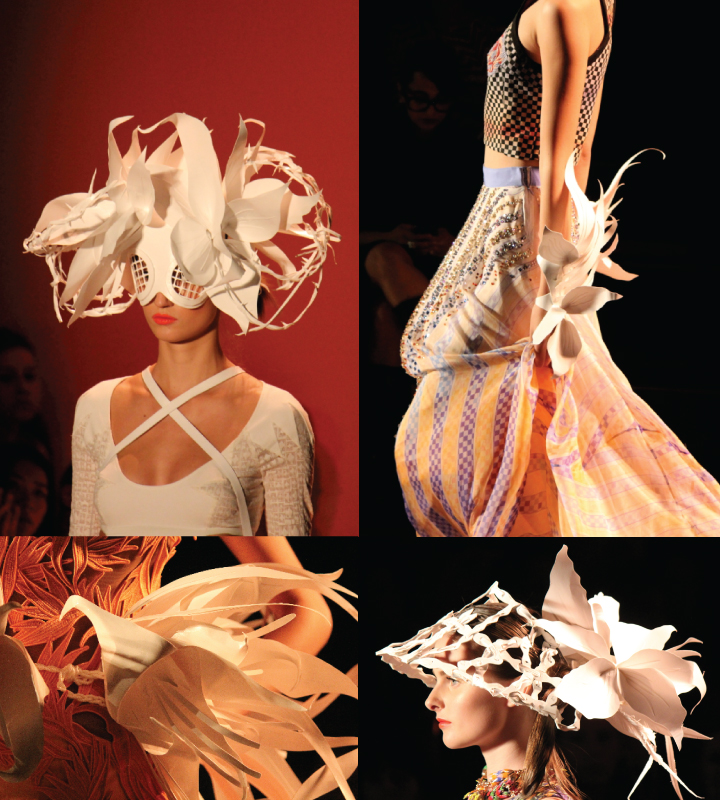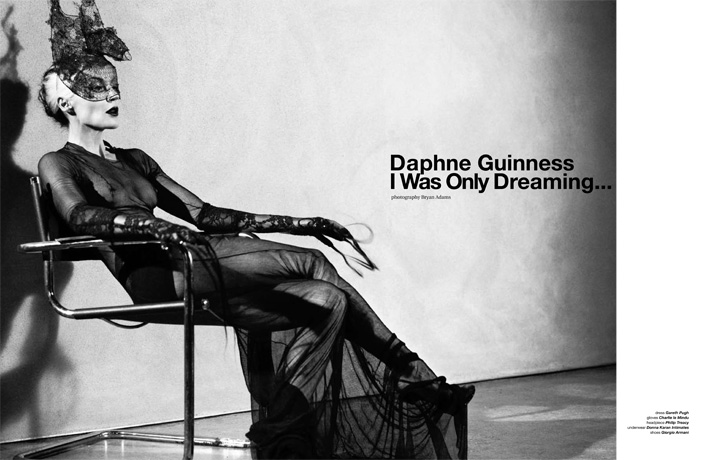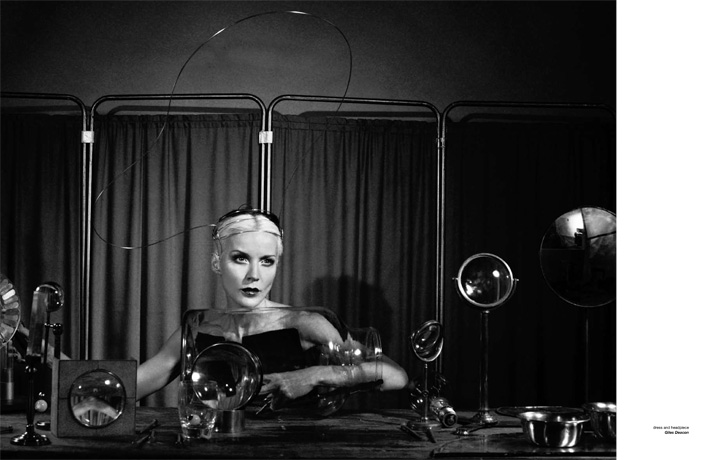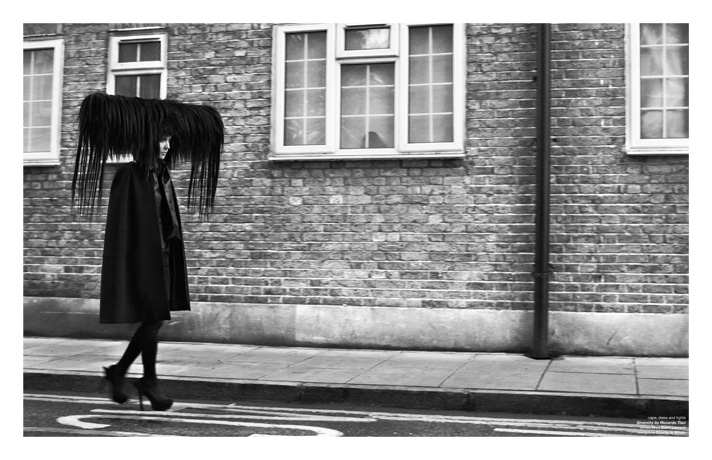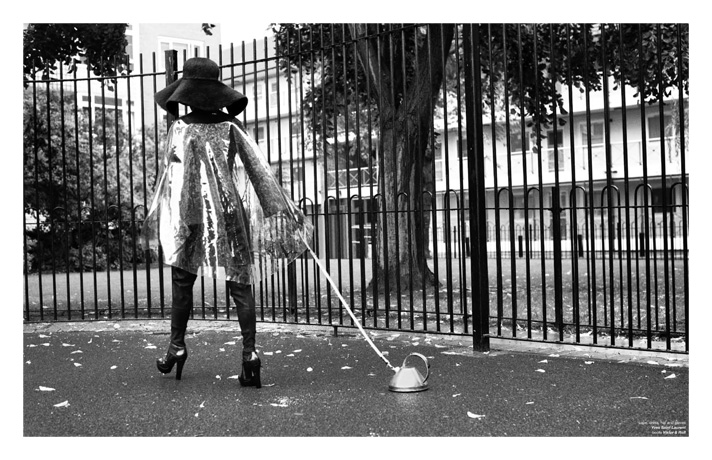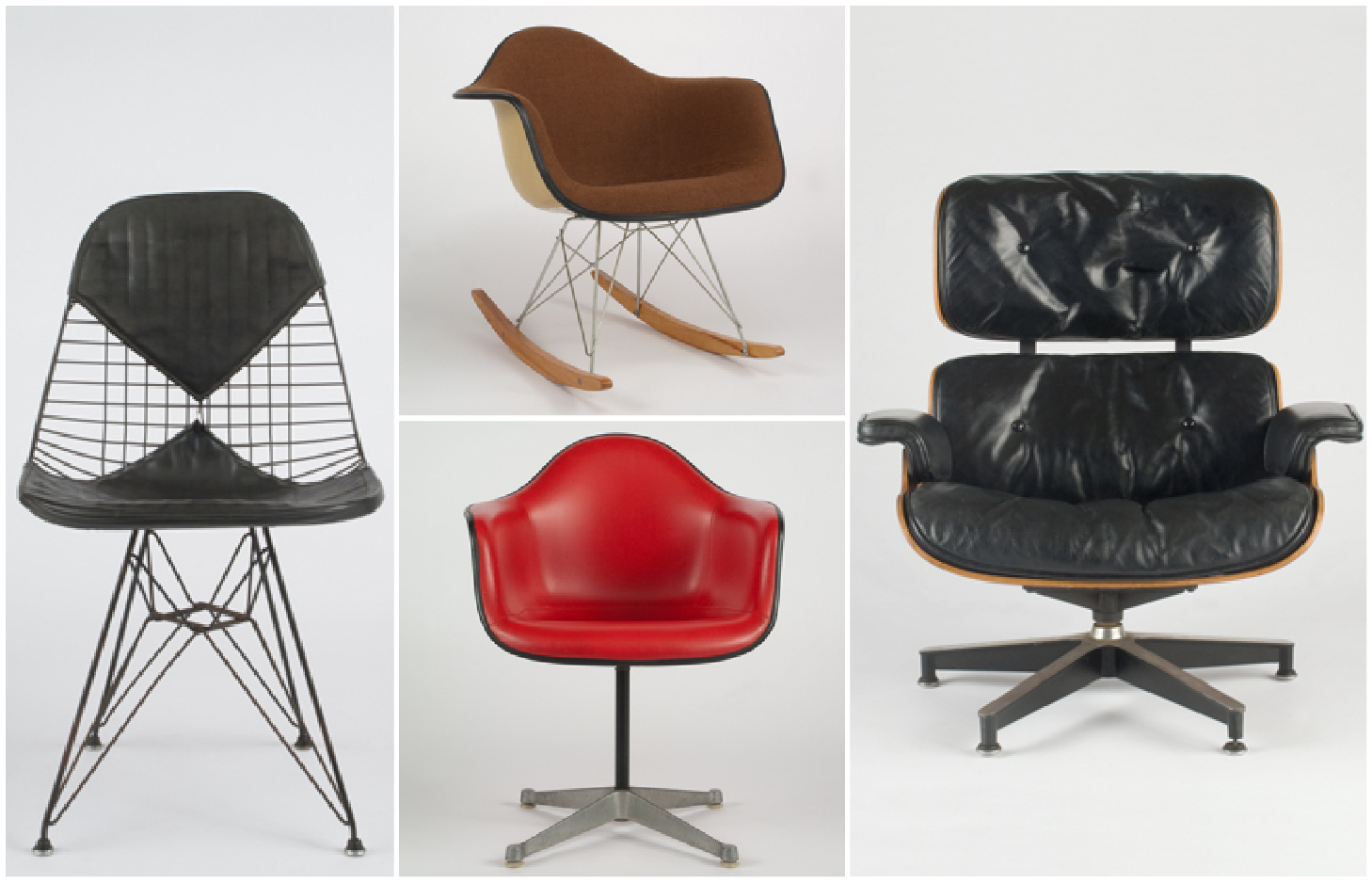The Lost Art of the Ashtray
/I was asked by the Museum of Contemporary Craft in Portland, Oregon to contribute an essay for their current exhibition Object Focus: The Bowl. I chose these Heath ashtrays, which I never really thought of as bowls before (but they are, they’re bowls of FIRE!). You can read all the essays here or on display at the museum.
Artist: Heath Ceramics Title: Ashtrays Dimensions: Various Date: Unknown Media: Ceramic
I don’t remember my grandparents ever smoking in front of me. I imagine I must have encountered the crinkle of a cellophane-covered pack on a countertop or heard the metallic snap of a lighter in a distant room; I likely wondered aloud why their couch cushions had a distinctly different scent than the ones in our cigarette-free house. Whether they meant to or not, all evidence of my elders participating in their evening ritual was always kept far from my inquisitive toddler brain.
But I always knew they smoked. I knew because of the ashtrays.
A decade before I would consider putting a cigarette to my own lips, I thought smoking was cool because of these tiny receptacles that were stashed throughout my grandparents’ home. I coveted these ashtrays, wanted to take them home and collect them on my bookshelf. They were beautiful in a way my porcelain tea set was not: unadorned ceramic vessels and clean-lined glass orbs, carved with dramatic indentations and hidden crevices for cradling and collecting the smoldering white cylinders. By nature of the danger they accompanied, they were near-mythical objects in themselves—like miniature, portable campfires I was not allowed to touch.
Yet since then, the ashtray has been stripped of its coffee table stature. Once a required grade school art class assignment, it has become a taboo accoutrement. And as smoking has been banished from American interiors, the tradition of ashtray design has also been extinguished. These three Heath Ceramics ashtrays are relics of not only another era, but another culture entirely.
Production of Heath’s ashtrays began in the late 1950?s at the company’s Sausalito factory. In fact, the notched ashtray design—soon to be the industry standard—was reportedly invented by Edith Heath (a smoker) who devised a method to slice the slim slots into the sides of erstwhile bowls. As part of their Coupe line, known for its earthy tones and unglazed edges, the ashtrays were, for a time, a popular extension of the brand’s growing houseware empire.
But when the company was purchased in 2003 by Robin Petravic and Catherine Bailey, the young couple who have revitalized and modernized Heath, the ashtrays were slowly phased out, deemed inappropriate for inclusion in the permanent collection. They’re not gone forever: Petravic and Bailey recognize that they’re representative of a moment in time, however fleeting, and Heath has preserved the molds to produce them on special request. But one can imagine even those requests are declining as time goes on.
Last year, only 19% of Americans claimed they had smoked a cigarette in the past week, down from 42% in 1965. If this trend continues, smoking may be all but a hazy memory a few decades from now, an antiquated spectacle best witnessed through Mad Men reruns. Once a fixture of cocktail parties and coffee shops, the ashtray—that stylish symbol of ceramic innovation, the handsome centerpiece of conversation—will be invited to the table only if it’s parading as a candy dish.
Alissa Walker is a writer, a gelato-eater, and a walker in LA. Follow her at @gelatobaby and read more at awalkerinla.com
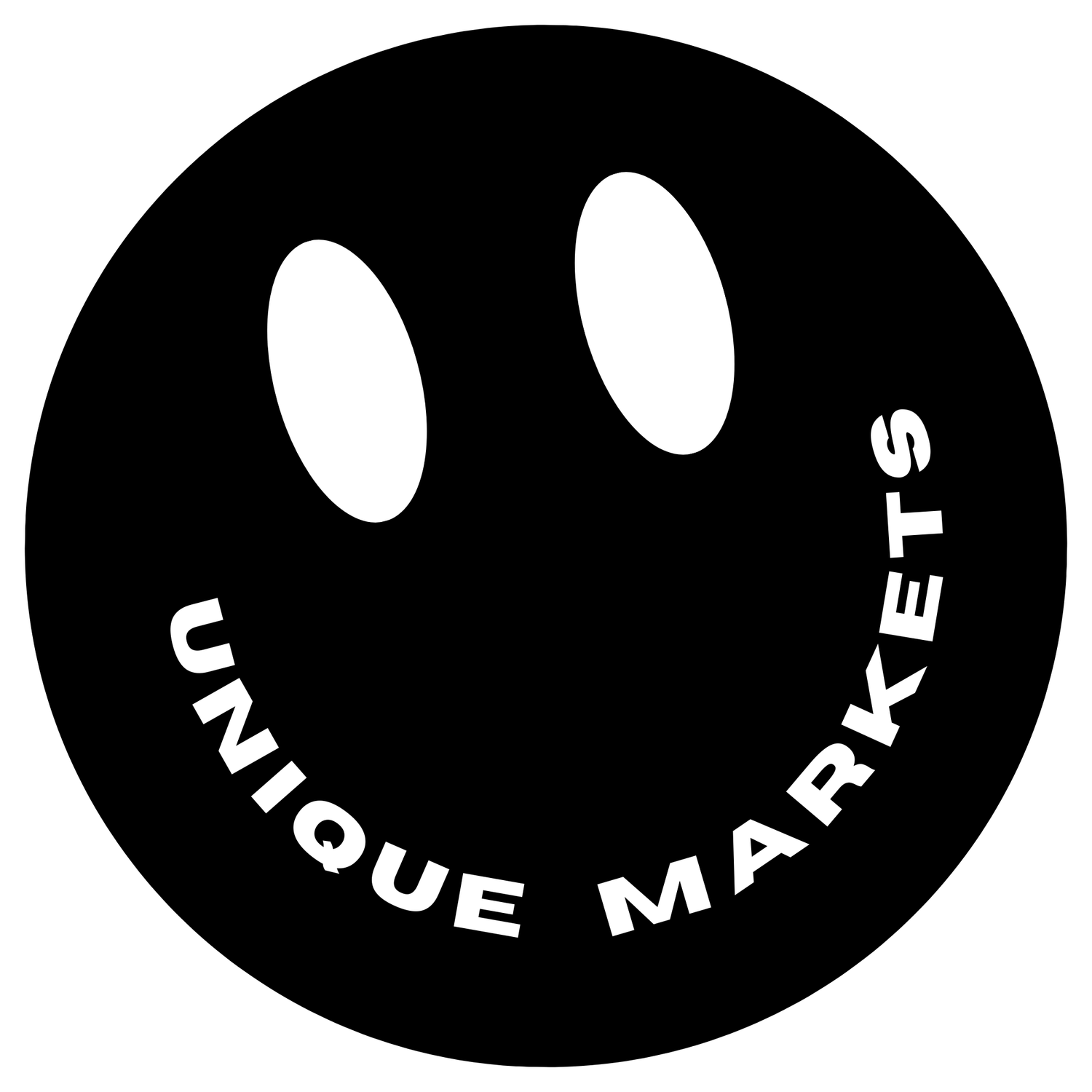

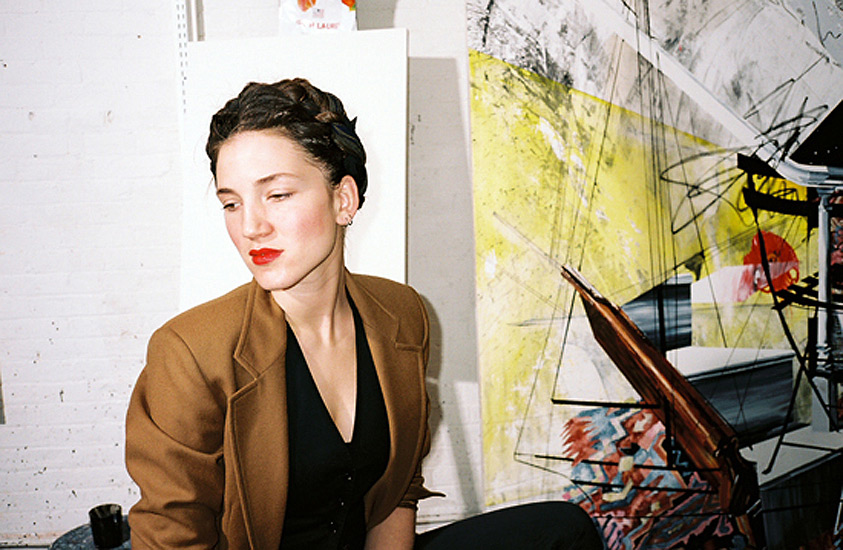 Based in NYC artist Francesca DiMattio, wears two braids that she weaves with scarves and ties at the back of her head. Similarly in her work, she also weaves together different inspirations: architecture, history, and culture. Her modern chaotic paintings are a product of the university she attended in the East Village of Manhattan, Cooper Union.
Based in NYC artist Francesca DiMattio, wears two braids that she weaves with scarves and ties at the back of her head. Similarly in her work, she also weaves together different inspirations: architecture, history, and culture. Her modern chaotic paintings are a product of the university she attended in the East Village of Manhattan, Cooper Union.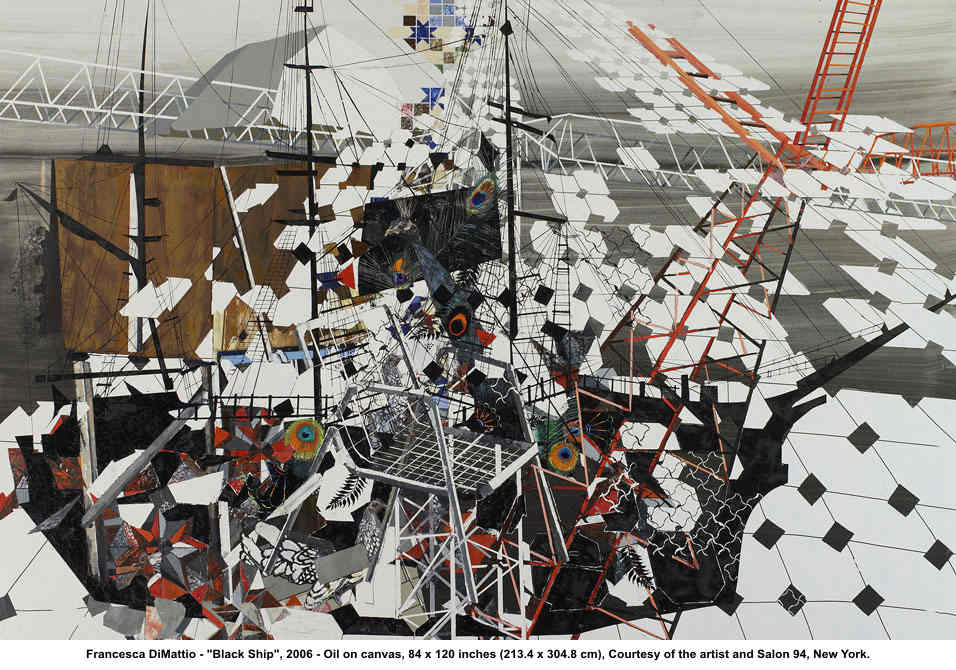
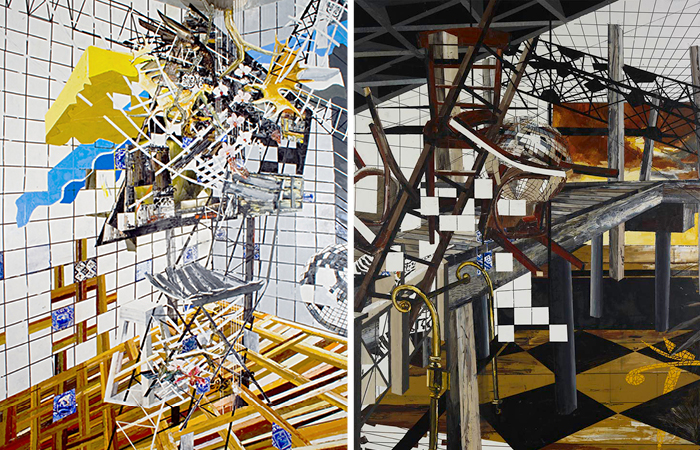
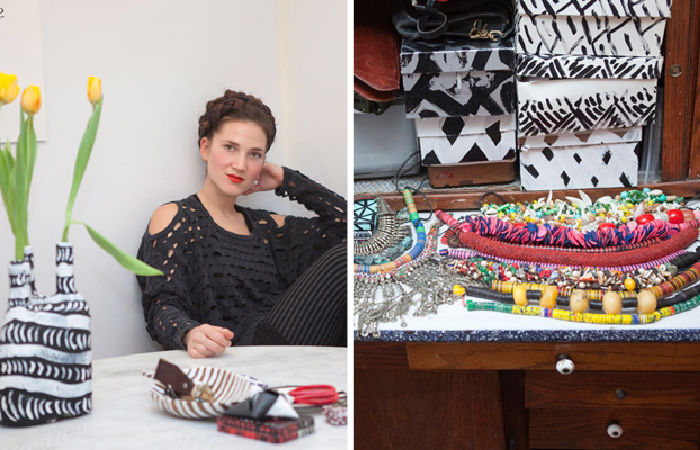
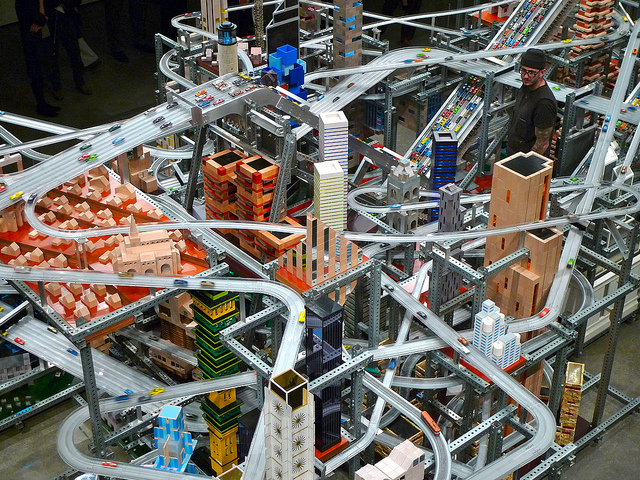

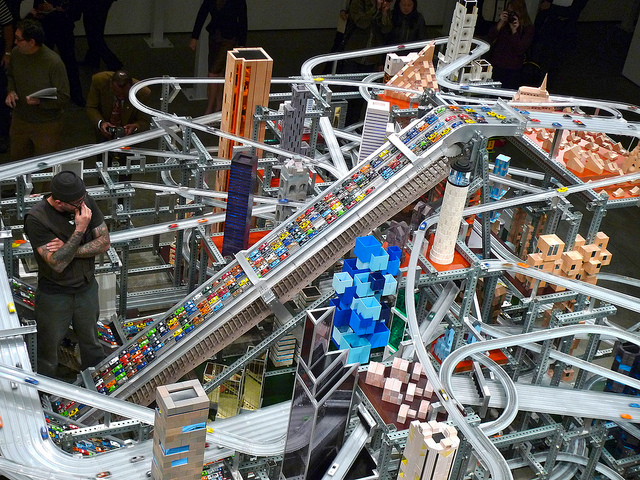
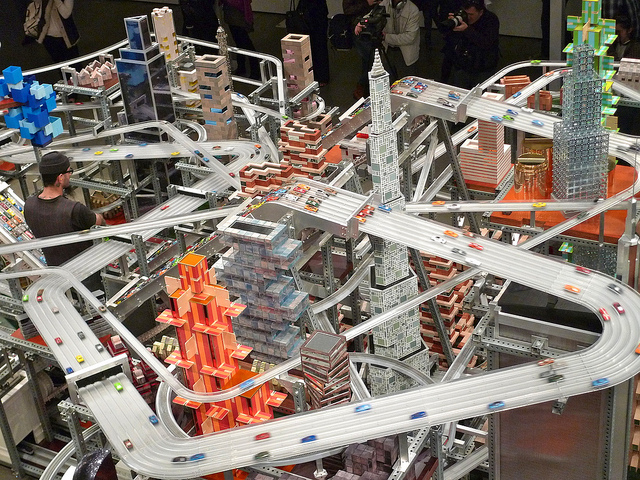
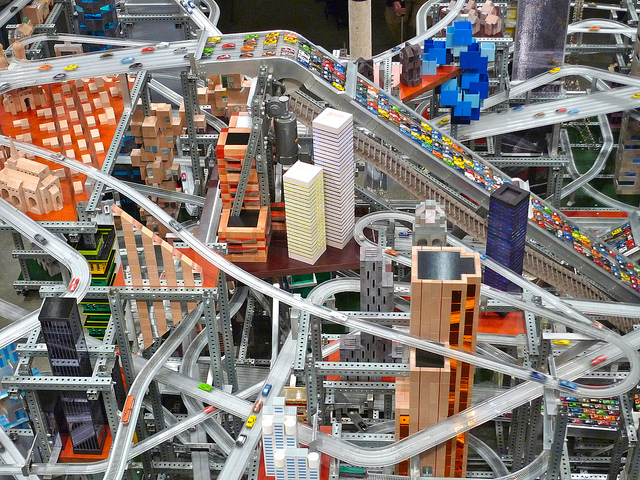
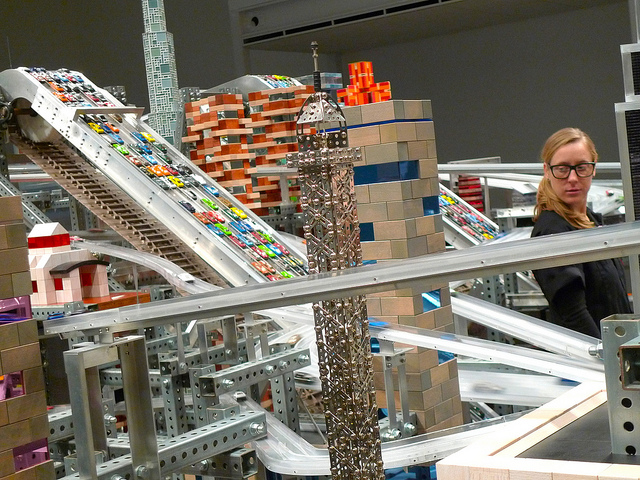

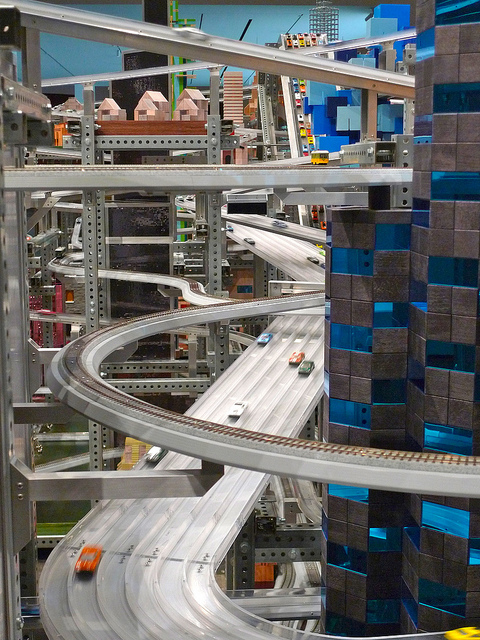
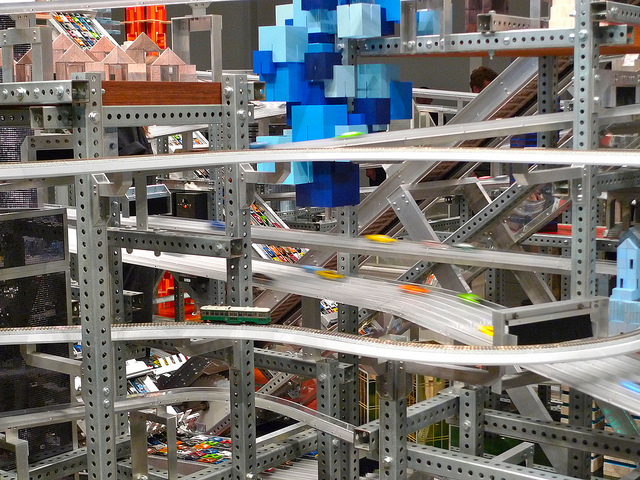
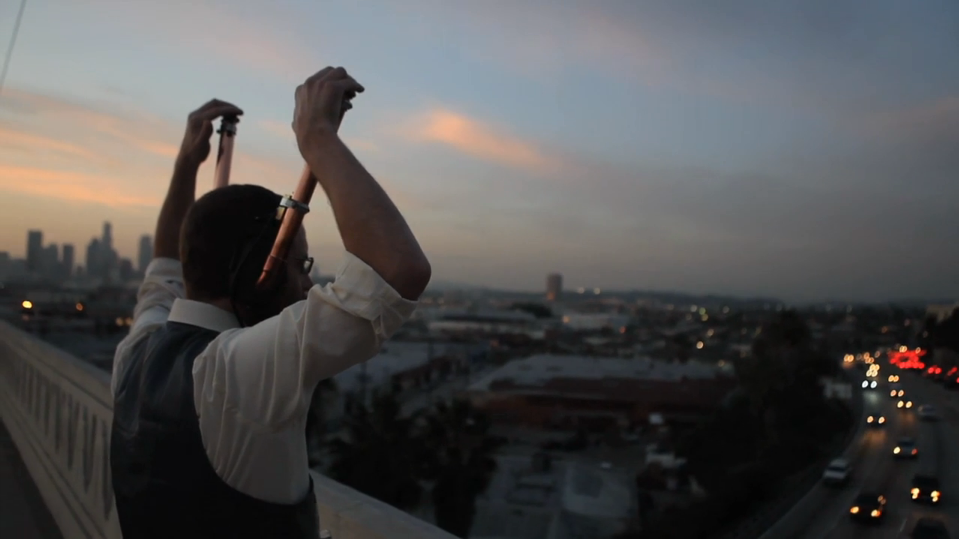
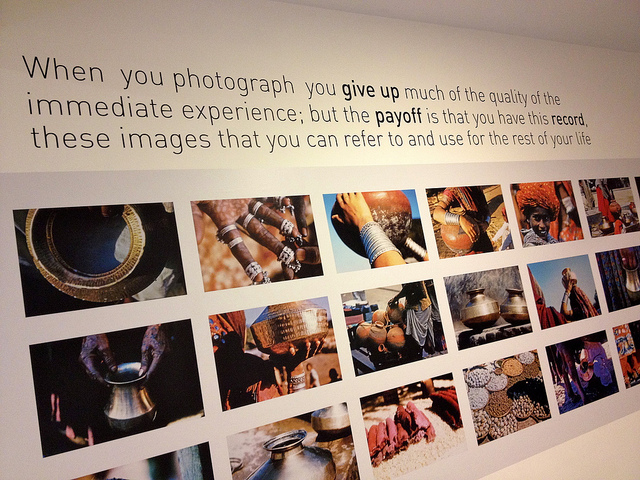
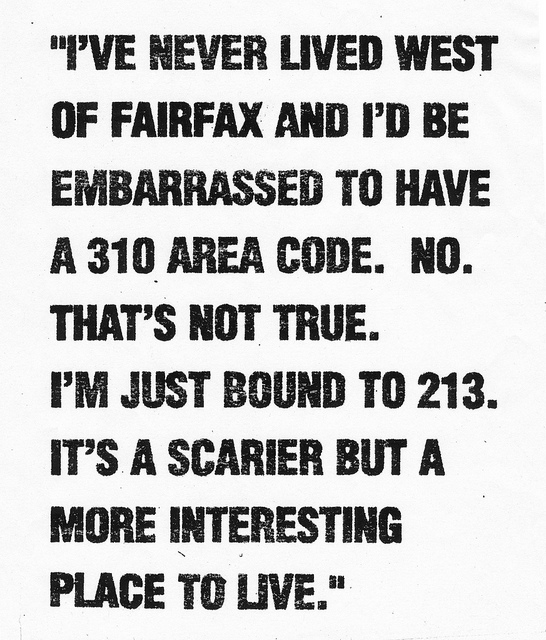
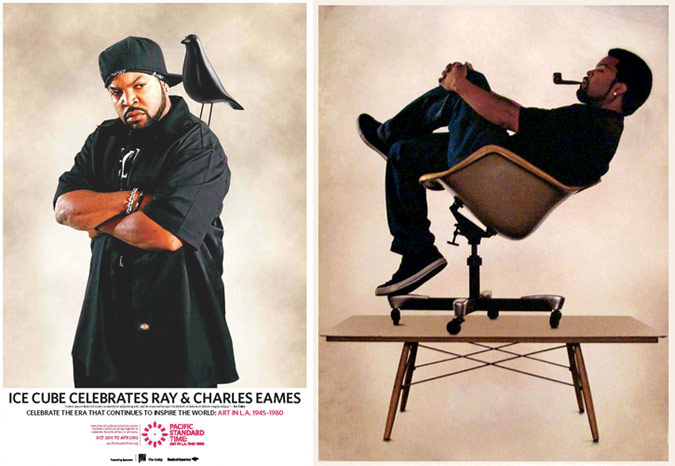
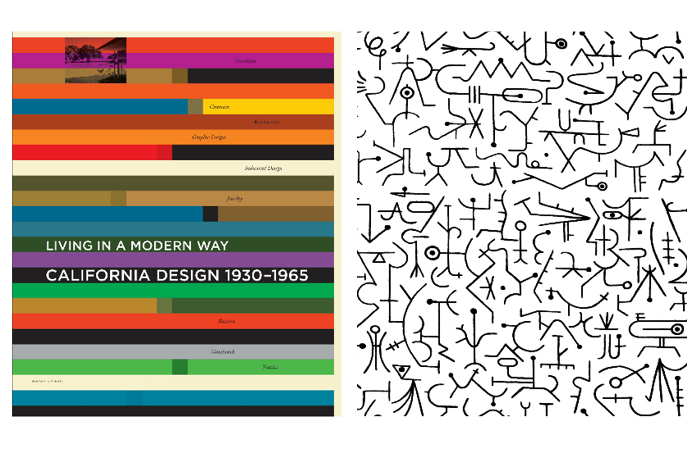 If you're looking for a great holiday gift for your designophile friend (everyone's got at least one, right?) for under $100, look no further.
If you're looking for a great holiday gift for your designophile friend (everyone's got at least one, right?) for under $100, look no further. 